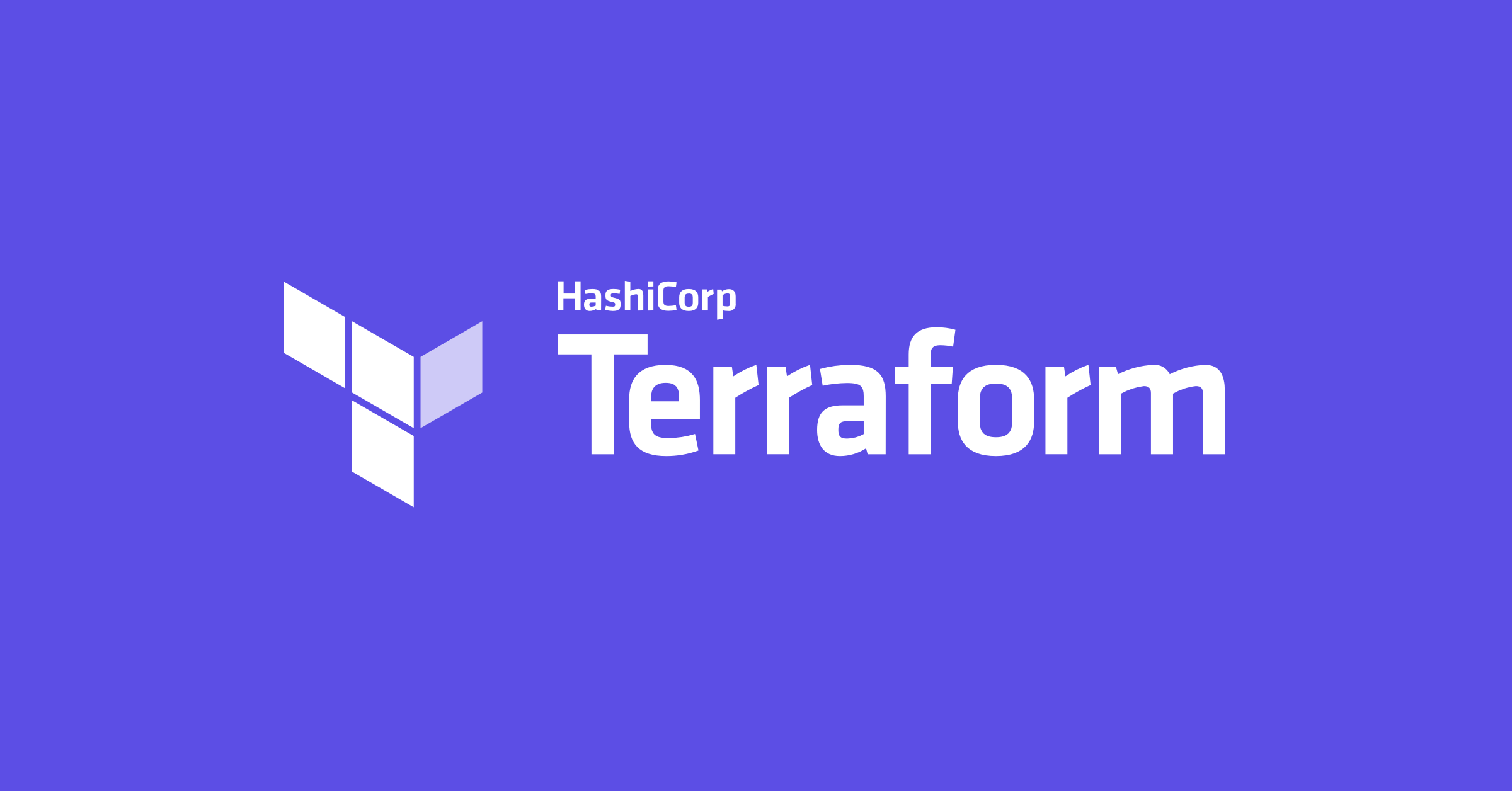Mastering Terraform Basics - Day 3
 Vikram
Vikram
Installing Terraform on an AWS EC2 Instance
Terraform is a powerful Infrastructure as Code (IaC) tool that allows you to define and provision infrastructure using a declarative configuration language. In this article we will go through installing Terraform on an AWS EC2 instance, covering all dependencies and commands required.
Prerequisites
AWS Account: Ensure you have an AWS account. You’ll need it to create and manage EC2 instances.
EC2 Instance: Create an EC2 instance running a Linux-based OS, such as Ubuntu, Amazon Linux, or CentOS.
SSH Key: You need an SSH key to securely connect to your EC2 instance.
Basic AWS and Linux Knowledge: Familiarity with AWS EC2, SSH, and basic Linux commands will help in following along.
Step 1: Launch an AWS EC2 Instance
Sign in to the AWS Management Console.
Navigate to EC2 Dashboard by searching for EC2 under Services.
Click Launch Instance to create a new EC2 instance.
Choose an Amazon Machine Image (AMI). For this guide, we'll use Ubuntu Server 22.04 LTS:
- Ubuntu 22.04 LTS (64-bit x86).
Choose an Instance Type:
- For basic testing, you can use the t2.micro type, which falls under AWS's Free Tier.
Configure Instance Details:
- Accept the default settings.
Add Storage:
- Leave the default (8 GB EBS volume) unless you require additional storage.
Add Tags:
- Optionally, you can add tags to identify this instance.
Configure Security Group:
- Ensure that port 22 (SSH) is open to allow SSH access. Optionally restrict SSH access to your IP.
Review and Launch:
- Click Launch and download the key pair when prompted. This key pair (.pem file) is necessary to access your EC2 instance.
Step 2: Connect to Your EC2 Instance
Once your EC2 instance is launched, you’ll connect via SSH using the key pair.
Open a terminal (Linux/macOS) or an SSH client like PuTTY (Windows).
Connect using the following SSH command:
ssh -i /path/to/your-key.pem ubuntu@your-ec2-public-dnsReplace
/path/to/your-key.pemwith the path to your SSH key file, andyour-ec2-public-dnswith the EC2 instance’s public DNS or IP address (available in the EC2 dashboard).Note: Ensure that your key file has the correct permissions. You may need to run:
chmod 400 /path/to/your-key.pem
Step 3: Update the System and Install Dependencies
Once connected to the EC2 instance, the first step is to update the package lists and install required utilities.
Update the system to ensure all packages are up-to-date:
sudo apt update && sudo apt upgrade -y
Step 4: Install Terraform
Now, we will install Terraform on the EC2 instance.
Create a .sh file using following command vim terraform.sh and paste the below script and the save the .sh file to install the terraform on ec2 instance.
#Use this script to Download and install terraform sudo apt-get update && sudo apt-get install -y gnupg software-properties-common wget -O- https://apt.releases.hashicorp.com/gpg | \ gpg --dearmor | \ sudo tee /usr/share/keyrings/hashicorp-archive-keyring.gpg gpg --no-default-keyring \ --keyring /usr/share/keyrings/hashicorp-archive-keyring.gpg \ --fingerprint echo "deb [signed-by=/usr/share/keyrings/hashicorp-archive-keyring.gpg] \ https://apt.releases.hashicorp.com $(lsb_release -cs) main" | \ sudo tee /etc/apt/sources.list.d/hashicorp.list sudo apt update sudo apt-get install terraformAnd run the terraform.sh file using following command- sh terraform.sh to install the terraform.
Verify that Terraform is installed correctly by checking its version:
terraform -vIf installed correctly, you will see output similar to:
Terraform v1.9.5
That’s it for now, thanks for following along.
Conclusion
In this article we have gone through how to install Terraform on an AWS EC2 instance.
Please do follow for the upcoming posts in this Terraform Zero to Hero Series.
Subscribe to my newsletter
Read articles from Vikram directly inside your inbox. Subscribe to the newsletter, and don't miss out.
Written by
